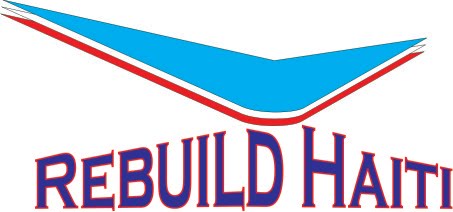Right after the Haitia earthquake, we recommended that donations should be made in cash, as have many of the frontline charitable organizations. There are reasons for this: 1) Frontline organizations know what is needed. 2) These organizations can buy in bulk and make the dollars go further. 3) Distribution centers in Haiti can better handle the incoming aid without having to sort through tons of donated items that might never be used.
Take Habitat for Humanity International. This organization has worked in Haiti for many years and has helped thousands of Haitians build homes, and with that experience we believe they know what’s best.
On February 9th, Habitat announced that it expects to help 50,000 families in Haiti, who were affected by the devastating 7.0-magnitude earthquake that struck near Port-au-Prince on January 12, through a multi-year effort that includes relief, rehabilitation and reconstruction.
“This is a bold goal, but the level of destruction and the number of families affected demands a bold response,” said Jonathan Reckford, chief executive officer of Habitat for Humanity International. “In our response, we want to provide the widest range of shelter resources available, so that we can have a positive impact on the greatest number of people possible.”
Habitat’s threefold plan begins with the distribution of 10,000 emergency shelter kits that contain tools and supplies to help families make immediate house repairs and construct temporary shelters on their home sites. “We want to help families return to their homes and begin rebuilding their lives as quickly as possible,” said Reckford. “Providing these tools is an important first step in the recovery.”
Emergency shelter kits: The contents of Habitat’s kits include tarpaulins, rope, duct tape and a hammer—all used for building temporary shelters that help guard families against the elements. A chisel and a hacksaw help with salvaging materials from collapsed houses. Buckets are used for debris removal and for carrying water. Gloves and masks in the kits help provide protection during the cleanup. The kits are being assembled in the Dominican Republic and in Atlanta, and are being distributed in earthquake-affected areas in Haiti. The emergency shelter kits cost approximately $250 a piece, including cost of transport to Haiti.
In the rehabilitation phase, Habitat will help families remove debris, salvage materials that can be recycled, repair homes that received minimal damage and build transitional shelters that meet basic needs. As conditions improve over time, the material from the transitional shelters can be incorporated into permanent housing. Habitat transitional shelters are expected to range in cost from $1,000 to $2,500.
In the reconstruction phase, Habitat will build core houses, each with a separate sanitation facility. These basic housing units are permanent and resistant to earthquakes and hurricanes. They are designed to be expanded over time by the homeowner families and meet international humanitarian standards. Depending on design adjustments according to context and the cost of materials in the earthquake’s aftermath, the core houses will cost from $4,000 to $6,000 a piece.
Charitable organizations like Habitat for Humanity International know what’s needed and many have formulated plans – like the one mentioned in this article – that will best serve in Haiti’s recover.
So, if you have a mind to help, please do it through cash donations at this time. That’s what is needed. And you can do it on line by going to Habitat for Humanity International at https://www.habitat.org/ .
Subscribe to:
Post Comments (Atom)



No comments:
Post a Comment